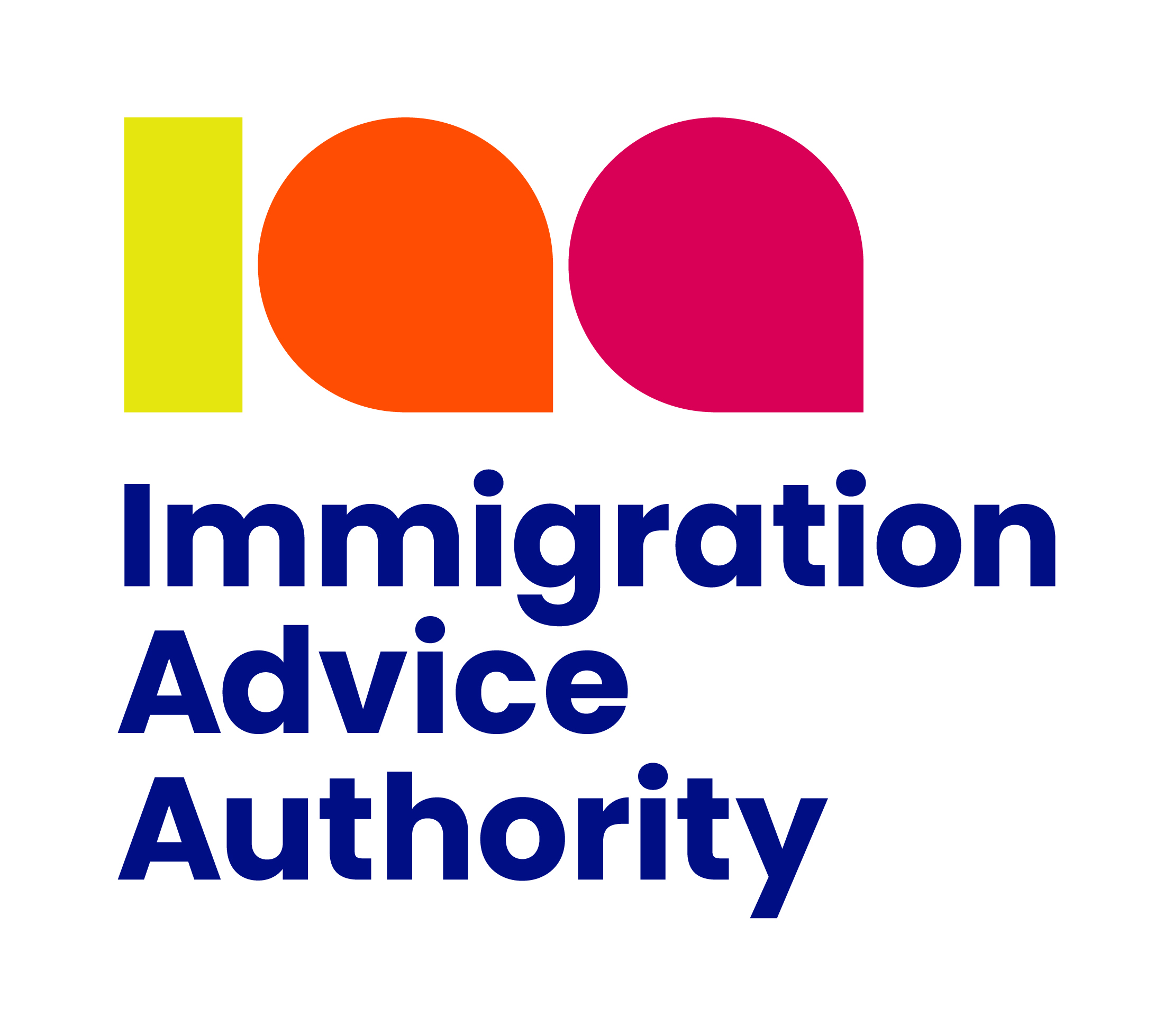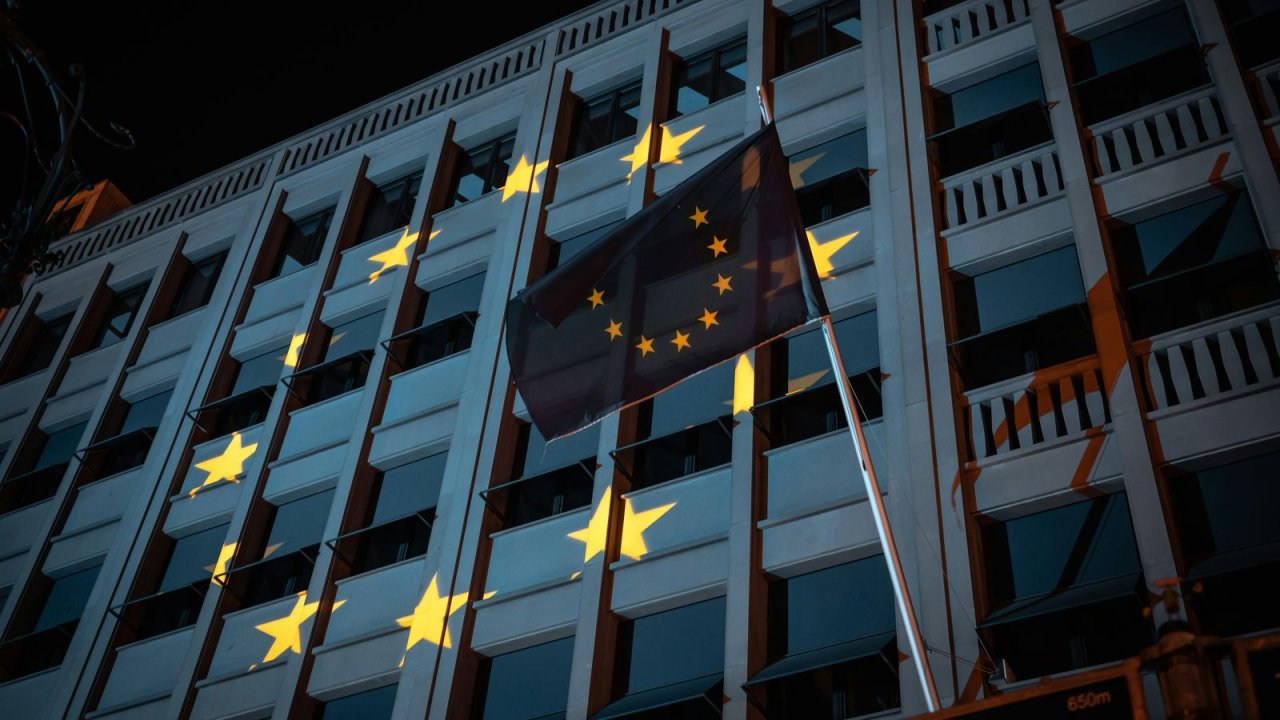
Schengen visa application process
Schengen visa application process
Navigating the Schengen visa application doesn’t have to be overwhelming. This Schengen visa guide breaks down the process into simple steps—from checking if you need a visa and selecting the right type, to booking your appointment and finally collecting your passport.
Schengen visa application process in 10 steps
Applying for a Schengen visa may seem complicated, but if you follow the right steps, it can be much easier:
Check if you need a visa
Choose the correct visa type
Decide where to apply
Gather required documents
Book an appointment
Attend the appointment
Pay the visa fee
Wait for processing
Collect your passport
Travel to the Schengen Area
We will walk you through each step in the following sections.
Need help with your Schengen visa application?
We’re here to help! Contact us for expert guidance and hassle-free application support.
Check if you need a visa
Not everyone needs a Schengen visa. Citizens of many non-EU countries must apply for one to enter the Schengen Area for short stays of up to 90 days within a 180-day period.
Click here to use our visa tool and check if you need a visa!
Choose the correct visa type
The type of visa you need depends on why you are traveling. The most common types include:
Tourist Visa – For holidays and sightseeing.
Business Visa – For meetings, conferences, or work-related travel.
Student Visa – For short-term courses or training.
Medical Visa – For medical treatment in a Schengen country.
Family or Visit Visa – For visiting relatives or friends.
Airport Transit Visa – For layovers in Schengen airports without entering the country.
ETIAS (European Travel Information and Authorization System) – For visa-exempt nationals traveling to the Schengen Area for tourism, business, or transit.
Digital Nomad Visa – For remote workers who want to live and work in a Schengen country for an extended period while maintaining employment with a company outside the region. Some Schengen countries offer special visas for digital nomads, like Spain, Portugal, and Italy.
If you plan to stay for more than 90 days, you will need a national visa instead of a Schengen visa.
Decide where to apply
You must submit your Schengen visa application at the correct consulate or embassy based on your travel plans:
If visiting only one Schengen country: Apply at that country’s consulate.
If visiting multiple Schengen countries: Apply at the consulate of the country where you will spend the most time.
If visiting multiple countries for equal time: Apply at the consulate of the first country you will enter.
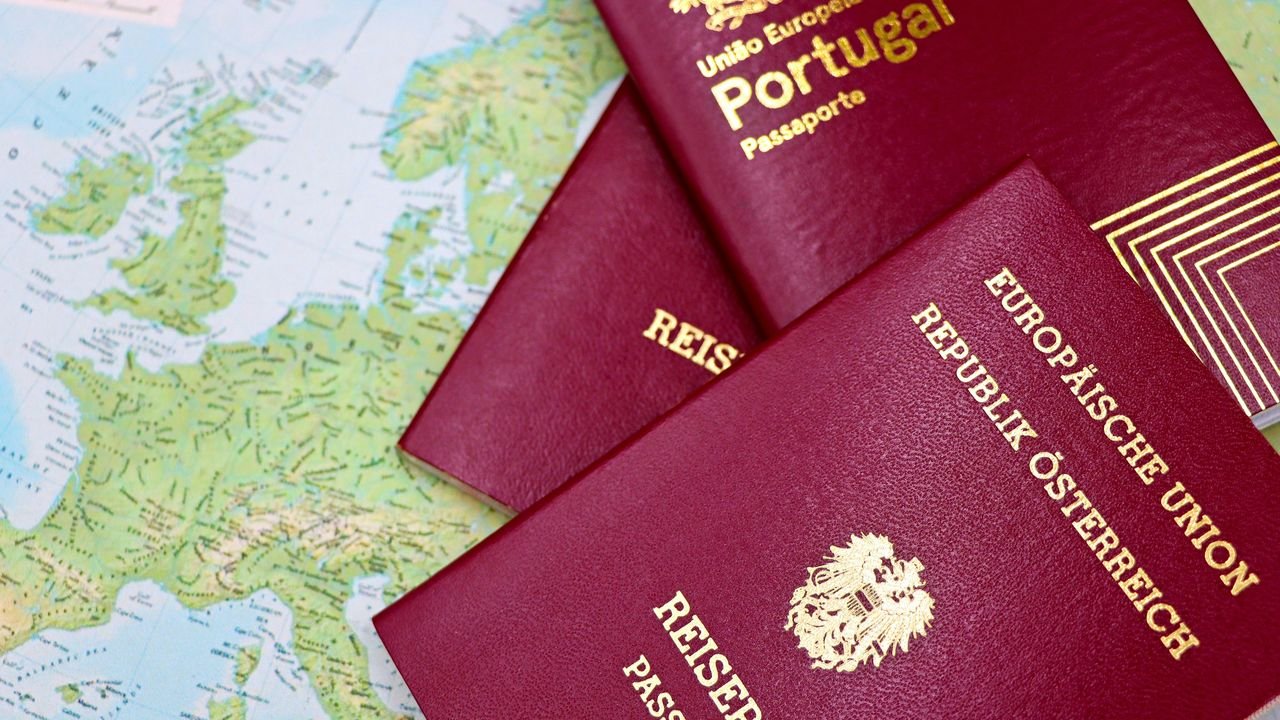
Some embassies outsource visa processing to private visa agencies, so check where you need to apply in your country.
Gather Schengen visa requirements
You will need to prepare the following documents:
Completed visa application form (downloadable from the consulate’s website).
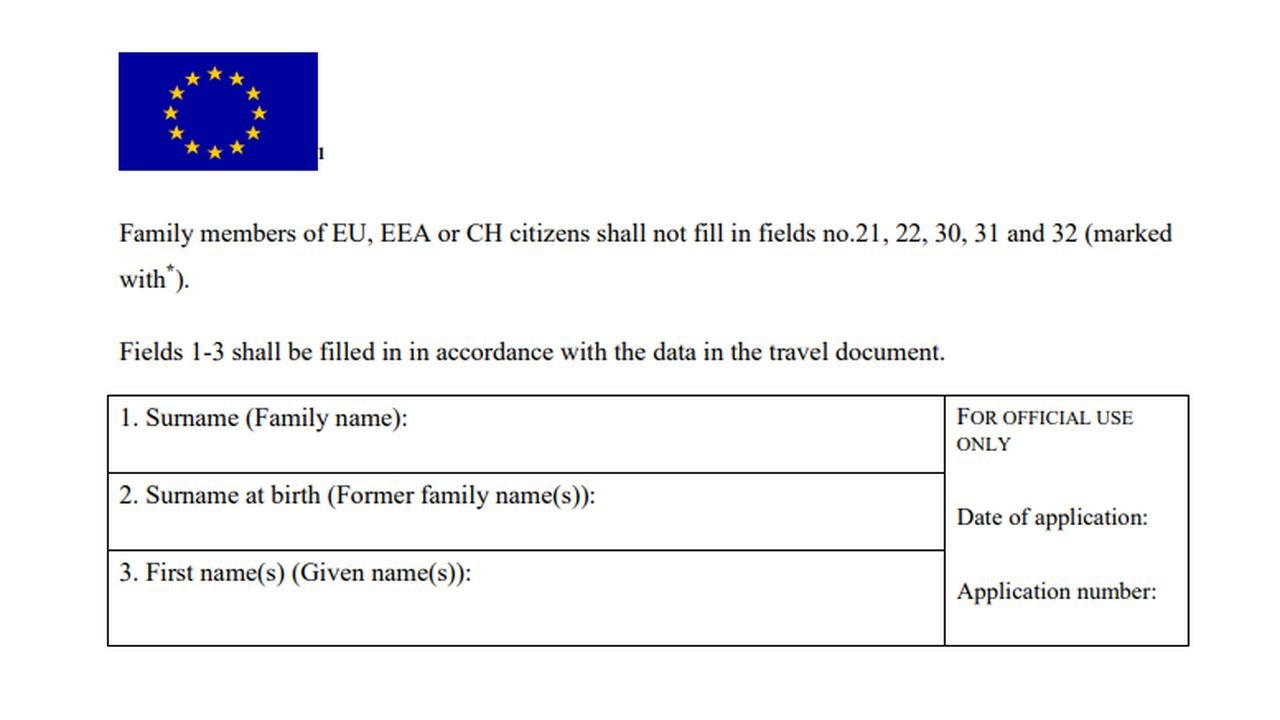
Valid passport (must be valid for at least 3 months after your planned departure from the Schengen Area).
Travel itinerary (flight bookings or travel tickets).
Proof of accommodation (hotel reservations, rental agreements, or an invitation letter if staying with family or friends).
Travel medical insurance (must cover at least €30,000 for medical emergencies, hospitalization, and repatriation).
Proof of financial means (bank statements, pay slips, or sponsorship letters to show you can afford the trip).
Letter explaining the purpose of your trip (a short letter outlining your travel plans).
Recent passport-sized photos (must meet official requirements, such as a plain background and neutral facial expression).
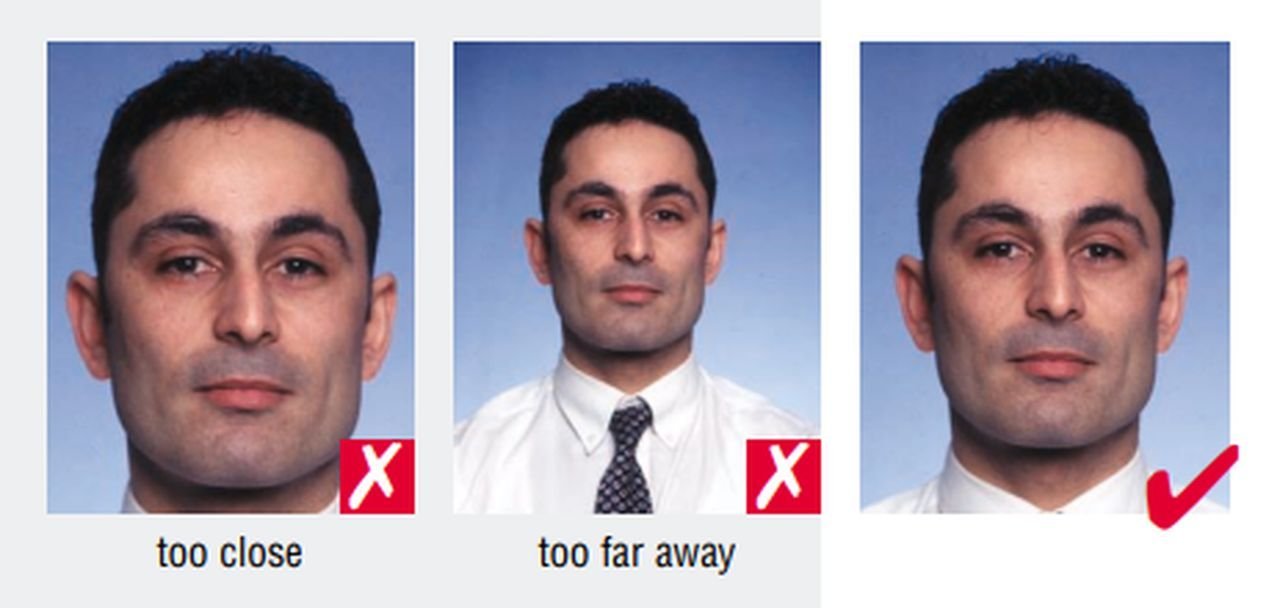
Proof of employment or studies (such as a work contract, employer letter, or university enrollment certificate).
Fingerprint data (if you have not submitted them before).
Some embassies may request additional documents, depending on your situation, so always check their specific requirements.
Book an appointment for Schengen visa
Most Schengen embassies require applicants to schedule an appointment before submitting their visa application. So, when to apply?
Earliest: 6 months before your trip.
Latest: At least 15 days before your departure.
Appointments can often be booked online through the consulate’s website or through visa service centers.
Attend the appointment
On the day of your Schengen visa appointment:
Arrive on time (late arrivals may need to reschedule).
Bring all required documents (make sure everything is complete).
Be prepared for questions (the officer may ask about your trip, finances, or plans to return home).
Give biometric data (your fingerprints will be taken if this is your first Schengen visa application).
Some consulates may ask additional questions, so answer honestly and clearly.
Pay the Schengen visa fee
Schengen visa fees must be paid when you submit your application. The standard fees are:
€90 for adults.
€45 for children (ages 6-12).
€35 for applicants from Armenia, Azerbaijan, and Belarus.
€67.50 for applicants from Cabo Verde.
Some categories of travelers (such as students, researchers, and family members of EU citizens) may qualify for a fee waiver.

If you apply through a visa service center, you may need to pay an additional service fee.
Europe visa processing time
How long does it take to get a Schengen visa? The Schengen application time depends on the complexity of your application:
Standard Schengen visa approval time: 15 days.
Extended Schengen visa approval time: Up to 45 days (if extra checks are needed).
Some embassies provide online tracking services, where you can check the status of your application.
Collect your passport
If your Schengen visa is approved, you will receive your passport with the visa sticker inside. Before leaving the embassy, check that all details are correct, including:
Your name and personal details.
The visa’s validity dates.
The number of entries allowed (single or multiple entry).
If your visa is rejected, the embassy will provide a letter explaining:
The reason for the refusal.
How to appeal the decision, if you wish to challenge it.
If rejected, you can reapply after correcting any issues.
Travel to the Schengen Area
Once you have your Schengen visa, you are ready to travel. Before leaving, make sure you:
Check your passport to ensure your visa details are correct.
Keep copies of important documents, including your visa, travel insurance, and proof of financial means.
Respect the visa rules (do not stay beyond the number of days allowed).
When you arrive, border officials may ask for proof of your return ticket, hotel booking, or travel insurance, so keep these documents easily accessible.
What is the Schengen area in Europe?
The Schengen Area today covers over 4 million square kilometers and is home to nearly 420 million people. It consists of 29 countries:
Austria
Belgium
Czechia (Czech Republic)
Denmark
Estonia
Finland
France
Germany
Greece
Hungary
Iceland
Italy
Latvia
Liechtenstein
Lithuania
Luxembourg
Malta
Netherlands
Norway
Poland
Portugal
Slovakia
Slovenia
Spain
Sweden
Switzerland
Croatia (joined on 1 January 2023)
Bulgaria (fully joins on 1 January 2025)
Romania (fully joins on 1 January 2025)
Schengen visa application from UK
Applying for a Schengen visa from the UK involves a structured process, similar to applications from other non-EU countries. It is essential to follow the correct procedures to ensure a smooth application experience. As the Schengen visa application process can sometimes be complex, seeking expert assistance from a reputable law firm from the UK.
Global Law provides comprehensive support throughout the Schengen visa process.
- Posted on: 07.02.2025
- By: Eray Eliacik
- schengen
About the author

Eray Eliacik
Eray is a seasoned writer and passionate traveler who has explored over 20 countries. With firsthand experience navigating visas and international travel, and a proven track record with reputable platforms like Dataconomy and Softonic, Eray now makes it easier for travelers to achieve their travel goals.
Related Articles

Austria visa: Application, appointment & everything you need to know
March 2nd, 2025
The Austria Schengen visa opens the door to stunning sights & culture. Explore now!

Belgium visa application, appointment & everything you need to know
April 12th, 2025
Learn how to apply for a Schengen Belgium visa, including types, requirements, fees, and tips for a smooth application process.

Bulgaria visa application, appointment & everything you need to know
April 17th, 2025
Learn about the Schengen Bulgaria visa, new entry rules, requirements, and tips for travelers planning to visit Europe.

